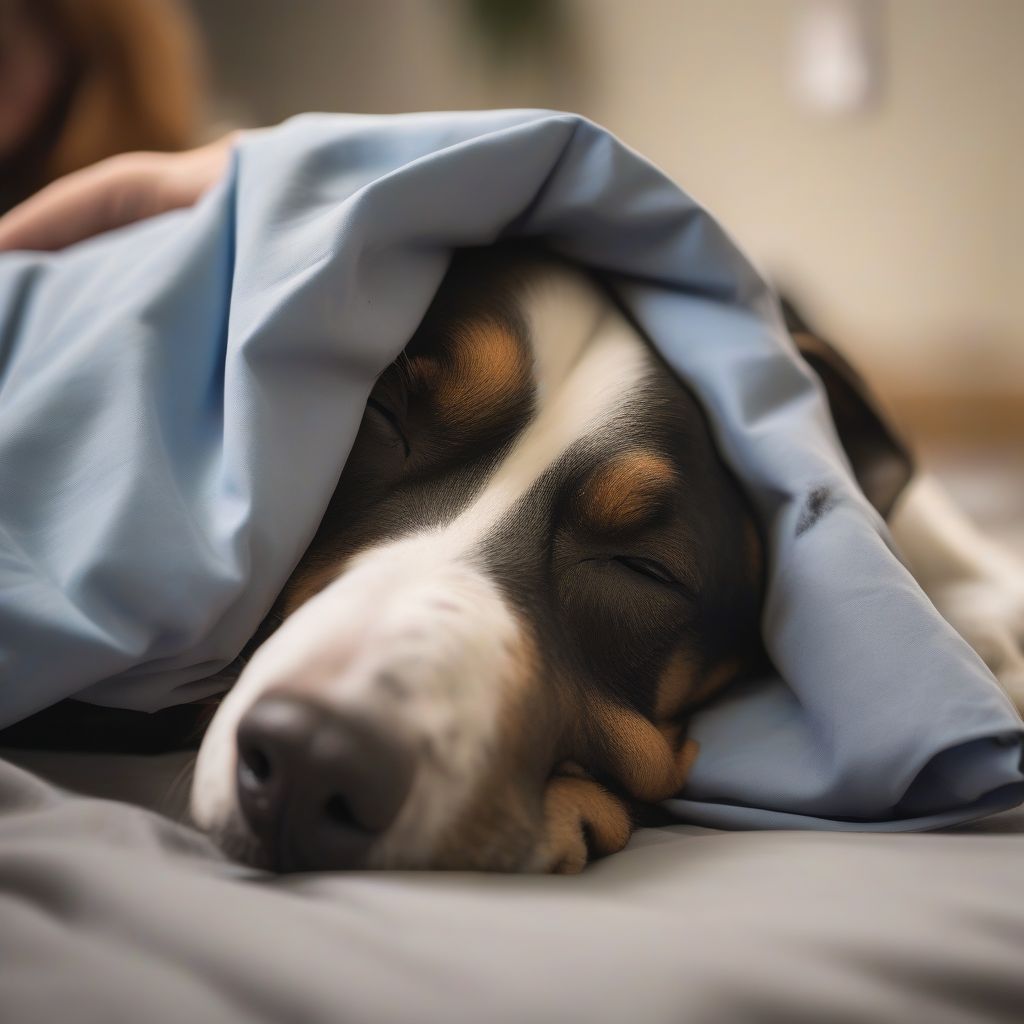Bringing your furry friend home after surgery can be a little daunting. You want to ensure they’re comfortable, healing well, and not licking their stitches! Just like humans, pets need special care and attention during their post-operative period. Remember that cozy feeling after a minor procedure, tucked up in bed with your favorite blanket? Your pet needs that same level of TLC, and even more, to bounce back quickly. This guide will walk you through everything you need to know to provide the best possible after-surgery care for your beloved companion.
Understanding Post-Operative Care
Post-operative care is crucial for a smooth and speedy recovery. Think of it as the foundation upon which your pet’s healing journey is built. From managing pain and preventing infections to ensuring proper nutrition and monitoring for complications, every aspect plays a vital role. Just as a nutritionist tailors a diet plan for individual needs, post-operative care should be specific to your pet’s surgery and overall health.
Pain Management
Managing pain is a top priority after surgery. Your veterinarian will prescribe pain medication and provide instructions on dosage and frequency. “It’s a myth that animals don’t feel pain as intensely as humans,” says Dr. Emily Carter, a veterinary surgeon with over 15 years of experience. “Proper pain management is not only humane but also crucial for faster healing.” Never administer human pain relievers to your pet, as many are toxic to animals.
Keeping the Incision Site Clean
Keeping the incision site clean and dry is paramount to preventing infection. Your veterinarian will provide specific instructions on how to clean the wound, which may involve gently wiping it with a prescribed solution. Prevent your pet from licking or scratching the area by using an Elizabethan collar (the “cone of shame”).
Monitoring for Complications
Be vigilant in monitoring your pet for any signs of complications, such as excessive bleeding, swelling, redness, or discharge from the incision. Changes in appetite, lethargy, or vomiting should also be reported to your veterinarian immediately. “Early detection of complications is key to effective intervention,” advises Dr. Carter.
Providing a Comfortable Environment
Creating a comfortable and stress-free environment is essential for your pet’s recovery. Just as you would appreciate a quiet and restful space after surgery, your pet needs a calm and supportive atmosphere.
Rest and Confinement
Restrict your pet’s activity to minimize stress on the incision site. Provide a comfortable and quiet space where they can rest undisturbed. Avoid letting them jump, run, or play, even if they seem eager to do so.
Diet and Hydration
Follow your veterinarian’s instructions regarding your pet’s diet. They may recommend a special diet or gradual reintroduction of their regular food. Ensure fresh water is always available to promote hydration.
Medications and Follow-Up Appointments
Administer all prescribed medications as directed by your veterinarian. Attend all scheduled follow-up appointments to monitor your pet’s progress and address any concerns.
Returning to Normal Activity
Gradually reintroduce your pet to their normal activities as advised by your veterinarian. Avoid overexertion and monitor them closely for any signs of discomfort. “Patience is key during the recovery period,” reminds Dr. Carter. “Don’t rush the process, and always prioritize your pet’s well-being.”
Specific Considerations for Different Types of Surgery
Different surgeries require specific post-operative care. For example, after orthopedic surgery, your pet may need physical therapy or assistive devices. After dental surgery, you may need to provide a soft food diet. Always follow your veterinarian’s specific instructions for your pet’s individual needs.
Addressing Common Concerns
Many pet owners have common questions about post-operative care. Here are answers to some frequently asked questions:
How can I prevent my pet from licking the incision?
An Elizabethan collar is the most effective way to prevent licking. Alternatives include inflatable collars or bitter-tasting sprays, but these may not be suitable for all pets.
When can my pet resume normal activities?
Your veterinarian will advise you on the appropriate timeline for resuming normal activities. It varies depending on the type of surgery and your pet’s individual recovery progress.
What are the signs of infection?
Signs of infection include redness, swelling, discharge, and a foul odor from the incision site. Fever, lethargy, and loss of appetite can also indicate infection.
 Pet Care After Surgery
Pet Care After Surgery
Conclusion
Caring for your pet after surgery requires patience, dedication, and attention to detail. By following your veterinarian’s instructions, providing a comfortable environment, and monitoring for complications, you can help your furry friend recover quickly and completely. Remember, a smooth recovery is a team effort between you, your veterinarian, and your beloved pet. Don’t hesitate to contact your veterinarian if you have any questions or concerns. We encourage you to share your experiences and tips for post-operative pet care in the comments below! Also, check out our other articles on pet health and wellness for more helpful information.



